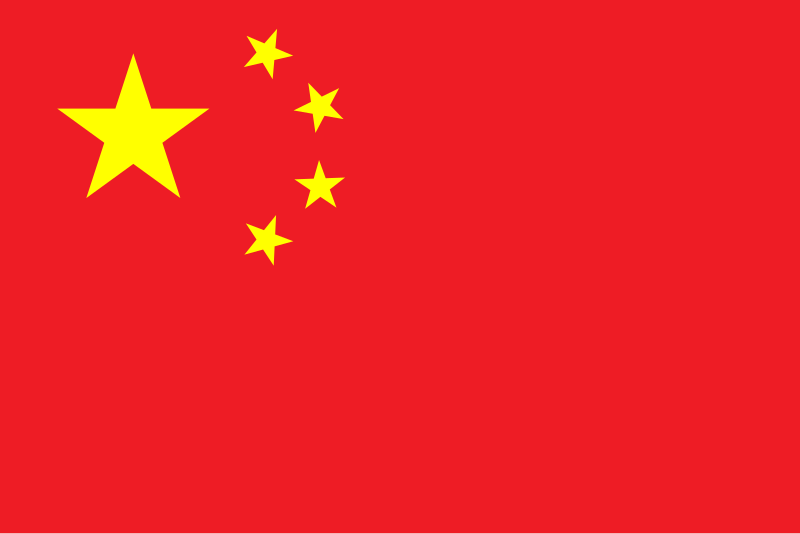China, known for its rich history, diverse culture, and rapid modernization, is the third-largest country in the world by area. It is administratively divided into 23 provinces, each with its own capital that serves as the political, economic, and cultural hub of the region. If you’re a student, traveler, or simply curious about Chinese geography, this guide is perfect for you! A Complete Guide to China’s 23 Provinces and Their Capitals.

Meaning of Province
A province is a major administrative division within a country, often with its own local government, capital city, and administrative responsibilities. Provinces are typically established to help manage large nations more efficiently by dividing the country into smaller regions. In the case of China, a province functions under the central government but has authority over local matters such as education, transportation, and economic development within its boundaries.
READ ALSO – List of Asian Countries and their Capitals
Understanding China’s Administrative Divisions
China’s political geography is organized into four levels:
- 23 Provinces – Main administrative regions (including Taiwan, claimed by China but self-governed).
- 5 Autonomous Regions – Areas with significant ethnic marginalized groups, having more legislative rights.
- 4 Direct-Controlled Municipalities – Major cities governed directly by the central government.
- 2 Special Administrative Regions (SARs) – Hong Kong and Macau, with separate legal and economic systems.
List of China’s 23 Provinces and Their Capitals
| S.No. | Province | Capital |
|---|---|---|
| 1 | Anhui | Hefei |
| 2 | Fujian | Fuzhou |
| 3 | Gansu | Lanzhou |
| 4 | Guangdong | Guangzhou |
| 5 | Guizhou | Guiyang |
| 6 | Hainan | Haikou |
| 7 | Hebei | Shijiazhuang |
| 8 | Heilongjiang | Harbin |
| 9 | Henan | Zhengzhou |
| 10 | Hubei | Wuhan |
| 11 | Hunan | Changsha |
| 12 | Jiangsu | Nanjing |
| 13 | Jiangxi | Nanchang |
| 14 | Jilin | Changchun |
| 15 | Liaoning | Shenyang |
| 16 | Qinghai | Xining |
| 17 | Shaanxi | Xi’an |
| 18 | Shandong | Jinan |
| 19 | Shanxi | Taiyuan |
| 20 | Sichuan | Chengdu |
| 21 | Yunnan | Kunming |
| 22 | Zhejiang | Hangzhou |
| 23 | Taiwan (Claimed by China) | Taipei |
Key Facts About Chinese Provinces and Capitals
- Beijing and Shanghai are not provincial capitals – They are classified as direct-controlled municipalities.
- Taiwan – China claims Taiwan as its 23rd province, but it is self-governed with Taipei as its capital.
- Most Populous Province – Guangdong is the most populous province in China, with Guangzhou as its capital.
- Largest Province by Area – Qinghai is the largest province by area, with Xining as its capital.
- Historical Significance – Xi’an (capital of Shaanxi) was the starting point of the ancient Silk Road and home to the Terracotta Army.
READ ALSO – List of countries in in world and their Capitals in Alphabetical order
FAQs on China’s 23 Provinces and Capitals
1. How many provinces are there in China?
- There are China’s 23 provinces, including Taiwan (claimed by China but self-governed).
2. What is the difference between a province and an autonomous region in China?
- Provinces are standard administrative divisions under direct central control.
- Autonomous regions have more legislative rights and are home to significant ethnic marginalized groups (e.g., Tibet, Xinjiang).
3. Is Beijing a province?
- No, Beijing is a direct-controlled municipality, meaning it is governed directly by the central government, not as part of any province.
4. Why is Taiwan listed as a province?
- China claims Taiwan as its 23rd province, but Taiwan is self-governed with its own political system and capital, Taipei.
5. Which is the most developed province in China?
- Guangdong is the most economically developed province, known for its manufacturing and tech industries.
6. Which province is known for its scenic beauty?
- Sichuan is famous for its beautiful landscapes, including Jiuzhaigou Valley and Mount Emei.
7. What is the cultural capital of China?
- Xi’an (capital of Shaanxi) is considered the cultural capital due to its historical significance as the ancient capital of several Chinese dynasties.
Conclusion on China’s 23 Provinces and their Capitals
China’s 23 provinces each have unique historical, cultural, and geographical characteristics, with their capital cities serving as important political, economic, and administrative centers. Understanding these provinces and their capitals provides deeper insight into the structure of China’s vast and diverse governance system. By studying the administrative divisions, one can better appreciate how China manages its large population, regional development, and complex national identity through well-organized provincial administration.
